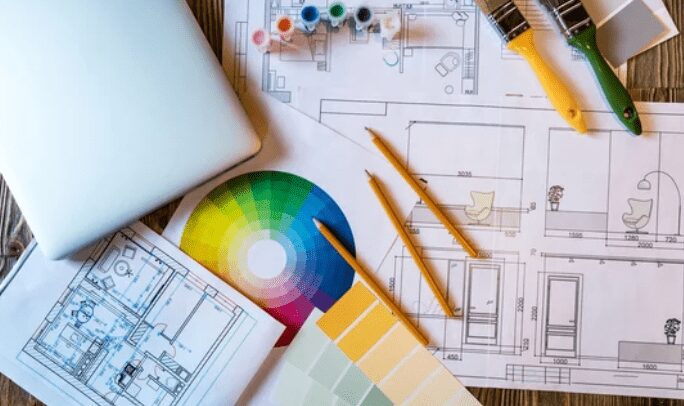
Building design trends are constantly evolving; in recent years, we have seen some exciting and innovative designs emerge. From sustainable architecture to innovative use of materials, these trends are aesthetic and functional, enhancing the overall building experience for users. Here are some of our favorite building design trends.
1. Sustainable Architecture
Sustainable architecture is becoming increasingly popular as more people become aware of the importance of reducing their environmental impact. The use of sustainable materials, renewable energy sources, and designs that incorporate natural elements are all part of this trend.
Many architects are also exploring biophilic design, which aims to connect people with nature by incorporating natural elements such as plants and natural light into building design.
The Bullitt Center in Seattle, Washington, serves as an illustration of sustainable architecture. This building is designed to produce more energy than it uses, making it one of the most sustainable buildings in the world.
It uses solar panels, geothermal wells, and rainwater harvesting to generate energy and reduce water consumption. The Bullitt Center is also built with sustainable materials to maximize natural light and ventilation.
2. Innovative Use of Materials
Architects are also exploring innovative use of materials to create unique and visually striking buildings. The possibilities are endless, from using recycled materials to experimenting with new materials such as cross-laminated timber (CLT). Many architects also incorporate 3D printing into their designs, allowing for greater flexibility and precision in construction.
One example of innovative use of materials is the Morpheus Hotel in Macau. Designed by the late architect Zaha Hadid, the building features a striking exoskeleton made of steel and glass. The exoskeleton creates a visually stunning façade and serves as a structural support system for the building.
Innovative use of materials is not limited to large-scale projects. Even smaller projects can incorporate unique materials to create a unique look and feel. For example, ADA Fastfix offers a range of innovative fasteners and fixings that can be used in various building projects. Their products are designed to be easy to install, versatile, and durable, making them an excellent choice for architects looking to incorporate innovative materials into their designs.
3. Flexible Spaces
As the way we work and live continues to evolve, architects are designing buildings with more flexible spaces. From open-plan offices to multi-functional living spaces, these designs aim to maximize the use of space and create a more flexible environment. This trend is significant in urban areas where space is at a premium.
One example of a building designed with flexible spaces is The Edge in Amsterdam. This building was designed to be the most sustainable office building in the world, but it also features a flexible interior design that allows for a range of different workspaces. The building combines open-plan offices, private meeting rooms, and communal spaces to create a dynamic and adaptable working environment.
4. Smart Buildings
Advancements in technology have also led to the emergence of intelligent buildings, which use sensors and other technology to optimize energy efficiency and improve the overall user experience. These buildings can adjust lighting, temperature, and ventilation based on user preferences and occupancy levels, saving energy and reducing costs.
One example of an intelligent building is the Edge in Amsterdam. In addition to its flexible interior design, the building also uses a range of sensors and other technology to optimize energy usage. For example, the building’s lighting and temperature systems are connected to a central computer, which adjusts settings based on user preferences and occupancy levels.
Conclusion
Building design trends constantly evolve, and architects always push the boundaries of what is possible. From sustainable architecture to innovative use of materials, flexible spaces, and intelligent buildings, many exciting trends are shaping the future of building design.
Whether you are building a large commercial structure or a small residential project, incorporating these design trends can enhance functionality, sustainability, and aesthetics.























